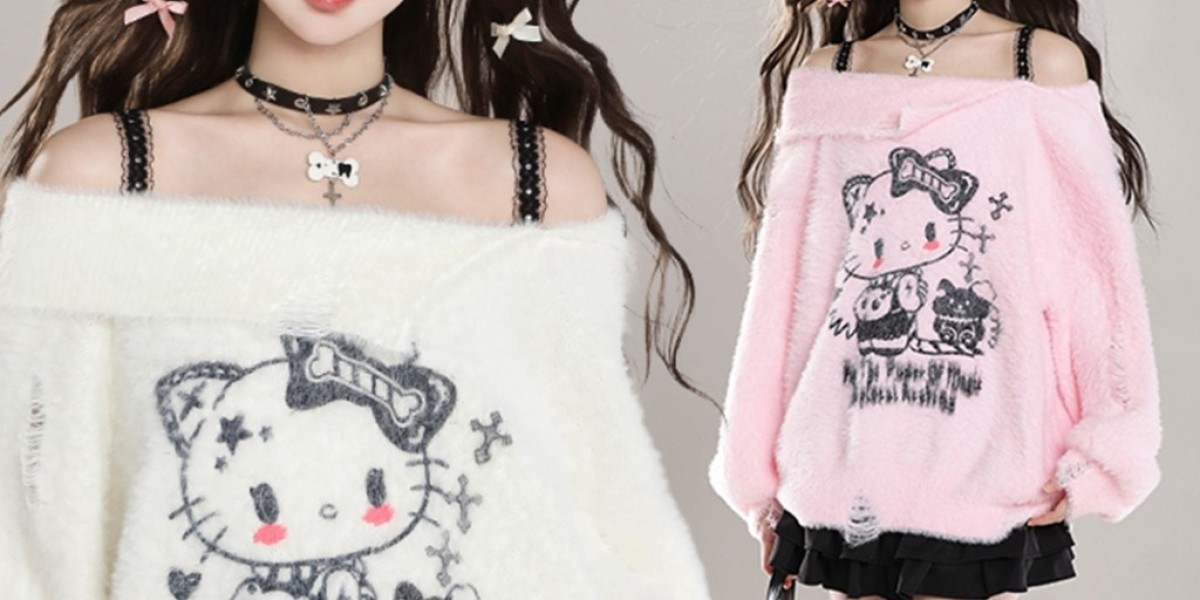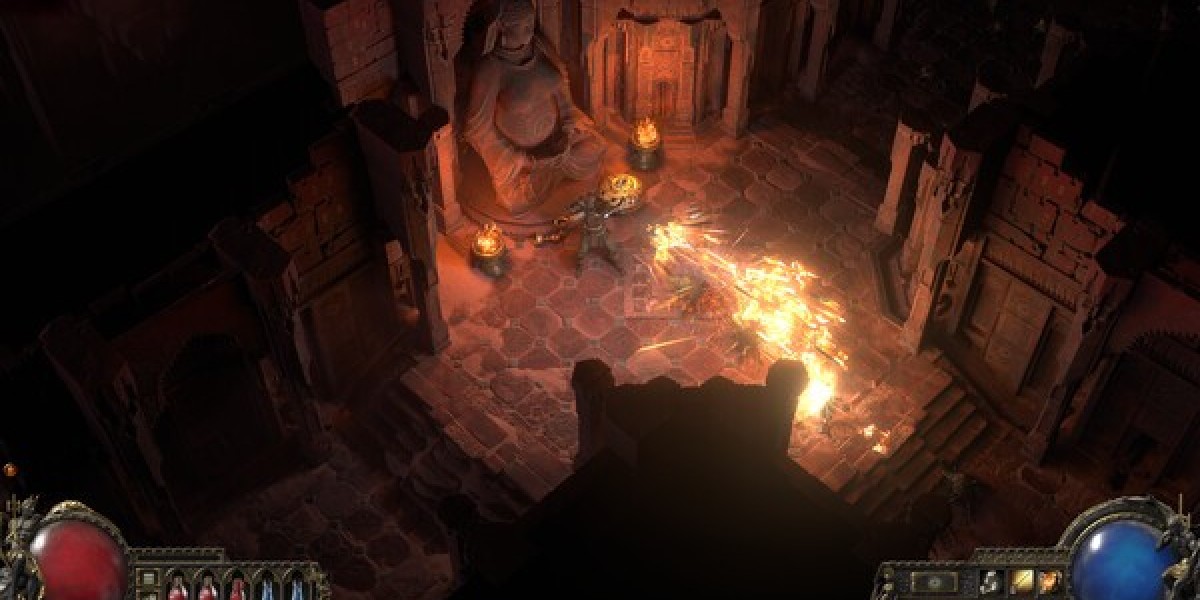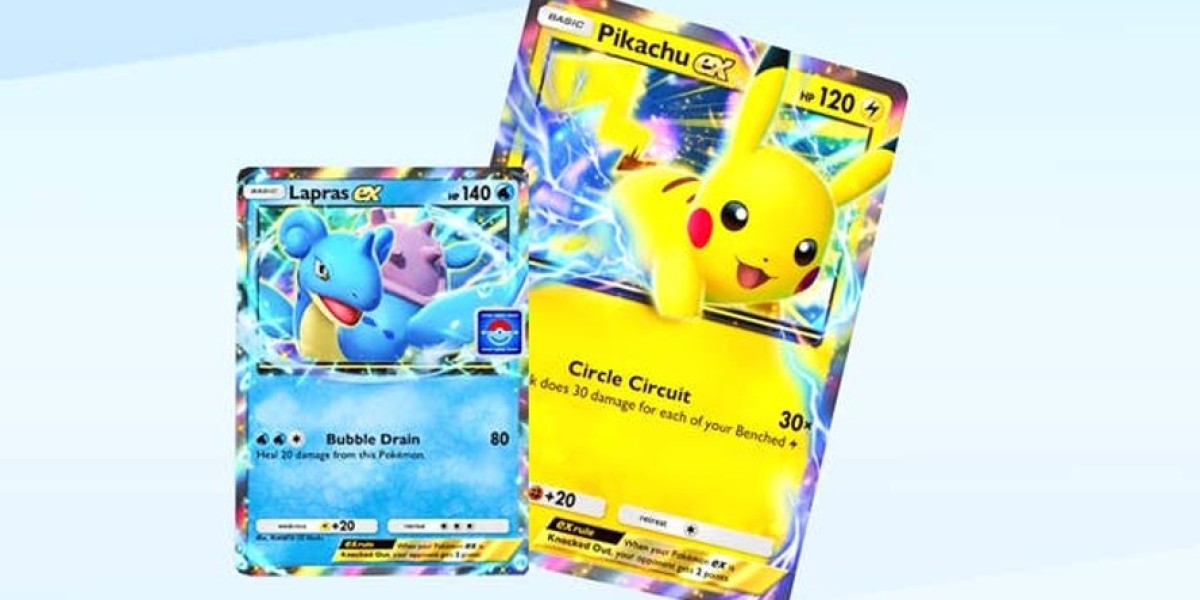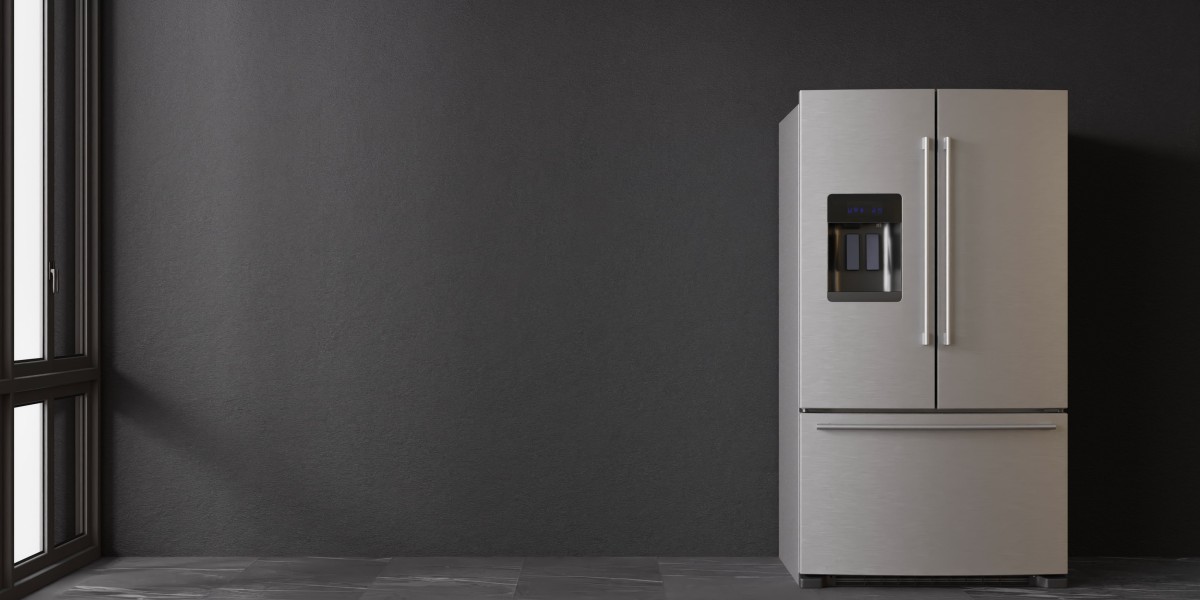Introduction
Anime has been a outstanding aspect of Japanese culture for many years, captivating audiences worldwide with its unique art style and storytelling. One explicit side of anime that has gained widespread reputation is the concept of "kawaii," which translates to "cute" or "adorable" in English. Kawaii anime outfits, in particular, have turn into a major development throughout the anime community, with fans replicating these kinds by cosplay and style. In this text, we are going to delve into the science behind kawaii anime outfits and explore why they hold such appeal to followers.
The Psychology of Kawaii
The concept of kawaii goes beyond simply aesthetics; it's deeply rooted in Japanese culture and has psychological implications as well. Research has proven that experiencing cute or kawaii stimuli can elicit constructive feelings and increase feelings of happiness and effectively-being. This phenomenon, identified because the "cuteness impact," is believed to be a result of the discharge of dopamine within the mind when uncovered to cute photographs or objects.
Kawaii anime outfits are designed to evoke these feelings of joy and happiness in viewers. The brilliant colors, whimsical designs, and exaggerated features typically present in kawaii trend attraction to our sense of playfulness and innocence. By wearing or emulating these outfits, fans are able to tap into these positive feelings and specific their own creativity and individuality.
Cultural Influences on Kawaii Trend
Kawaii style has deep roots in Japanese tradition, with origins courting back to the 1970s. The motion was initially popularized by the "Harajuku girls" of Tokyo, who garnered worldwide consideration for their quirky and creative outfits. Kawaii style has since advanced and diversified, encompassing a wide range of kinds and aesthetics, from the sweet and feminine to the daring and edgy.
Anime has performed a big role in shaping the kawaii trend landscape, with many iconic characters sporting outfits which have grow to be synonymous with the genre. These outfits typically characteristic a mix of conventional Japanese parts, comparable to kimono sleeves and obi belts, with fashionable touches like pastel colours and cute equipment. By combining these disparate components, kawaii anime outfits are capable of create a novel and visually putting aesthetic that resonates with followers around the globe.
The Position of Identity and Self-Expression
For many fans, sporting kawaii anime outfits isn't just a vogue selection but a form of self-expression and identity. By donning these outfits, followers are in a position to showcase their love and appreciation for the anime and manga collection that inspire them. Moreover, kawaii fashion permits fans to break free from traditional gender norms and discover their own sense of model and creativity.
Research have shown that clothing can have a profound influence on our self-notion and confidence. By carrying a kawaii anime outfit, followers are capable of embody the traits and characteristics of their favorite characters, allowing them to feel a sense of empowerment and confidence. This act of role-enjoying can also have a therapeutic effect, serving to followers to flee from the stresses of day by day life and immerse themselves in a world of creativity and imagination.
In conclusion, kawaii anime outfits are more than only a style assertion – they are a form of self-expression, creativity, and identity. By tapping into the psychology of cuteness and drawing on cultural influences, these outfits are able to evoke constructive feelings and connect followers to the characters and sequence that they love. Whether or not by cosplay or on a regular basis style, kawaii anime outfits proceed to be a strong and enduring pattern within the anime group.








